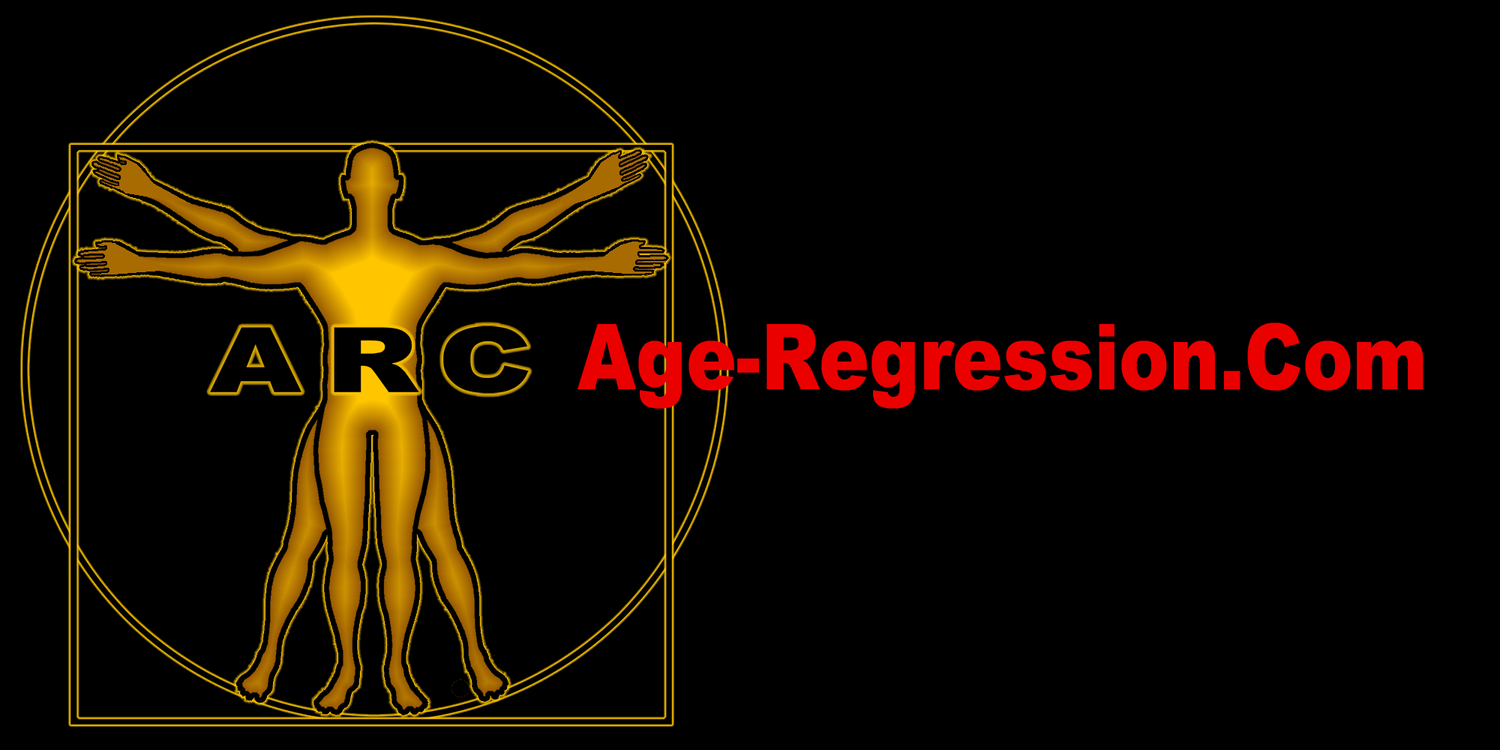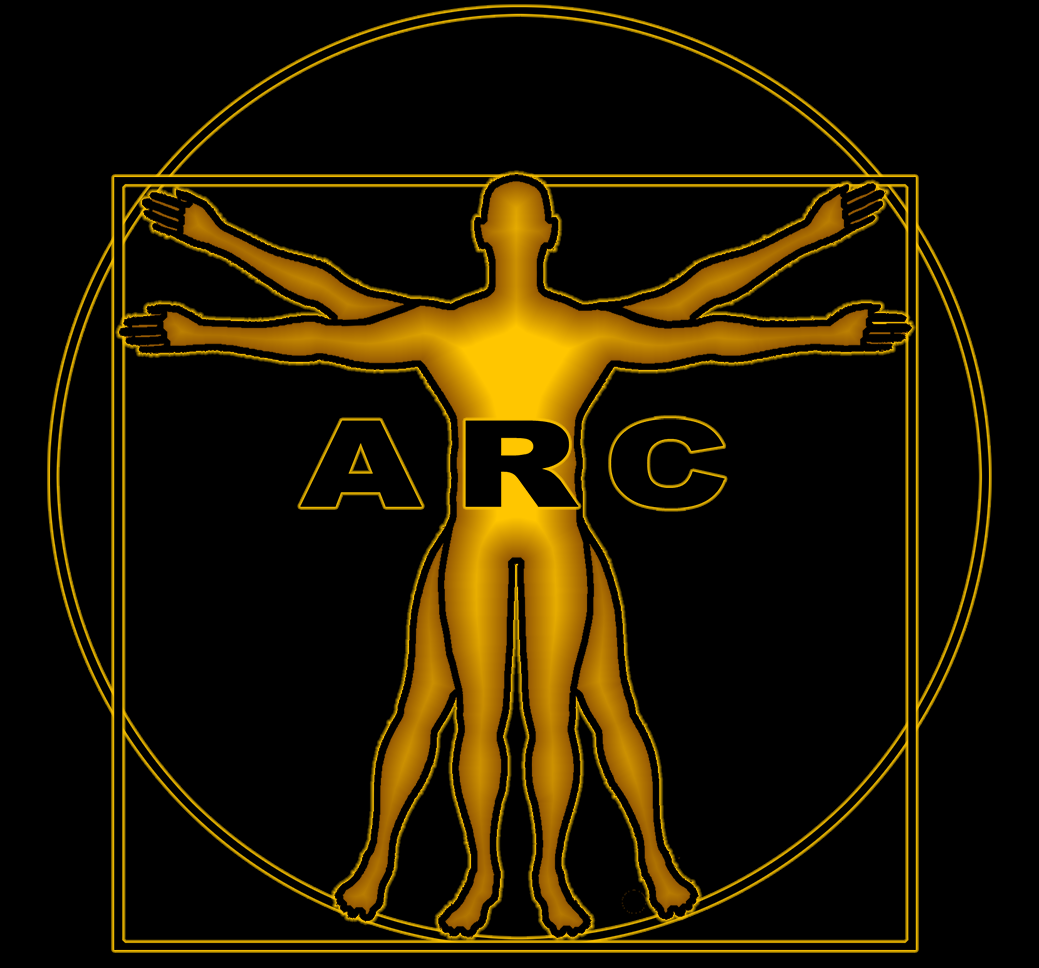
1) QUALITY OF LIFE / Activities of Daily Living
A Self Evaluation of Your Quality of Life
Quality of life (QOL) is a broad multidimensional concept that usually includes subjective evaluations of both positive and negative aspects of life. This self assessment inventory lets the individual produce a digital evaluation of the changes in QOL at each incremental point in a study or evaluation period.
The World Health Organization has also produced a 100 question, standardized QOL form that you can utilize as well. (link below) A google search will provide you with a lot more. The importance of the QOL self assessment is not which set of question you utilize, but the relative change between them as you progress with this process. Using the same questionnaire each time is however important.
Quality of life is all but impossible to quantify accross any age group or demographic. This is simply because quality of life is a matter of personal interpretation. The relationship between scores is highly relevant to substantiating improvements of your biological age set point. A direct correlation between biological markers and quality of life has been established by five biological clocks in somatic and mental health. [2] The authors conclude that the large effect sizes of the composite index and the low correlation between biological aging indicators suggest that one’s biological age is best reflected by combining aging measures from multiple cellular levels.
Click [√] to Enlarge
Dimensions of quality of life
◉ Physical function - for example, mobility, self-care
◉ Emotional function - for example, depression, anxiety
◉ Social function - for example, intimacy, social support,socialcontact
◉ Role performance - for example, work, housework
◉ Pain
◉ Other symptoms - for example, fatigue, nausea, disease specific symptoms
Click [√] to Enlarge
Next page in chronology
A small targeted and inexpensive set of biometric markers to monitor your BASP

